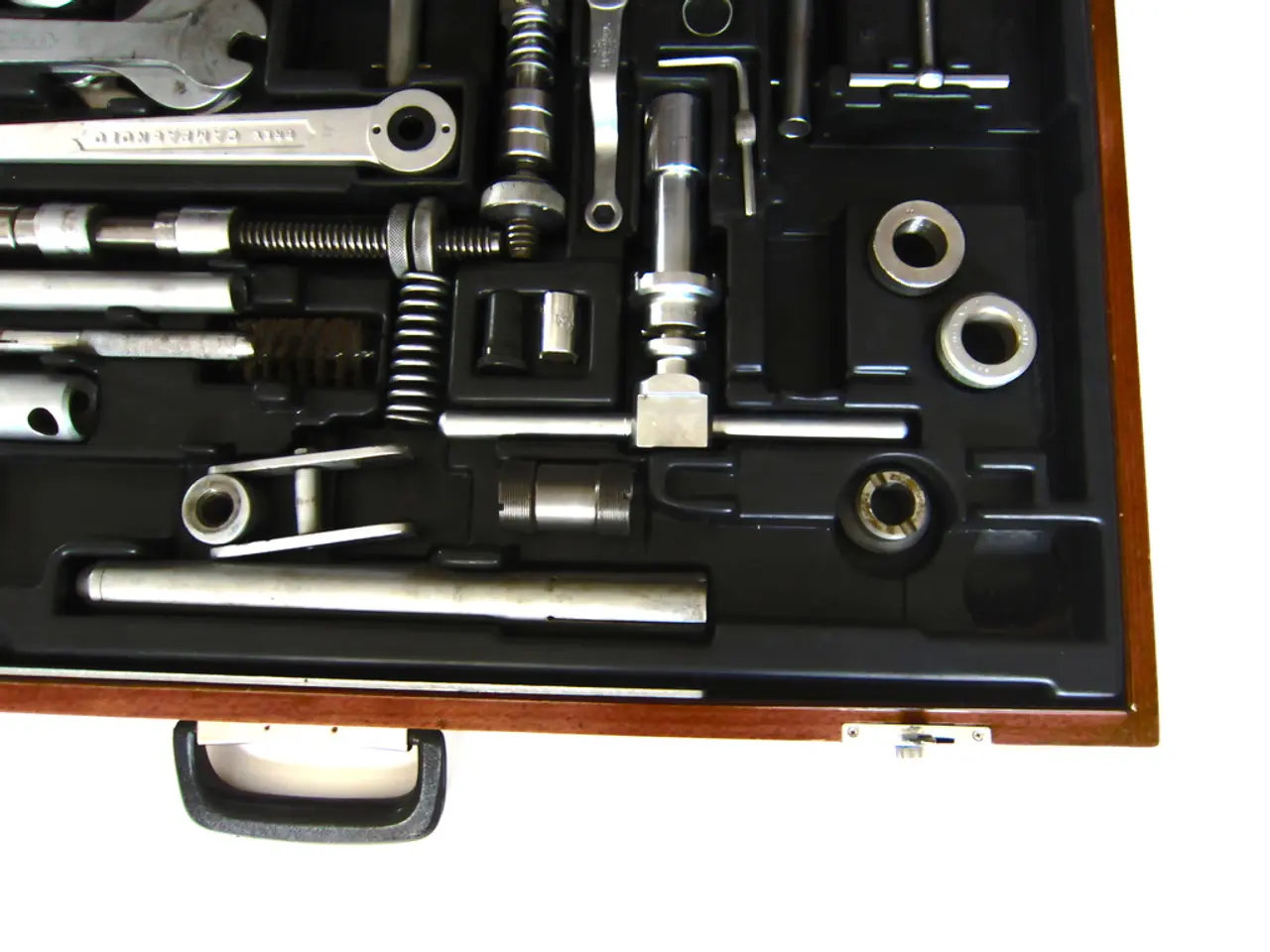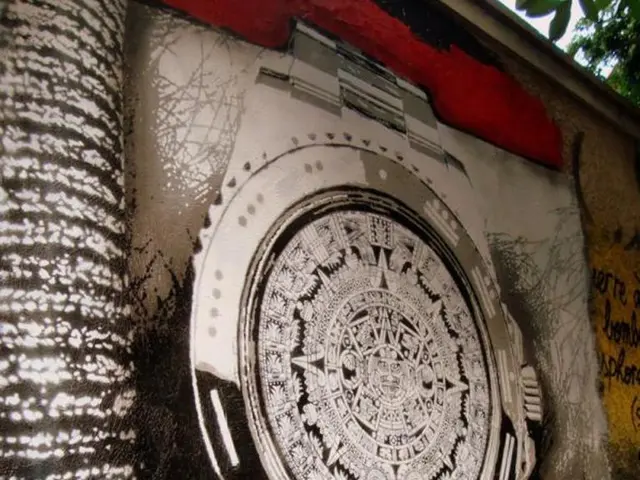Strategies Essential for Success in a Machine Learning Unit
In the ever-evolving world of Machine Learning (ML), staying informed about the latest technologies and trends is crucial for strategic planning and informed decision-making. One tool that can help organizations navigate this landscape is the ML Tech Radar framework. This article provides a guide on how to create and manage an ML Tech Radar, based on best practices from industry leaders such as Thoughtworks.
## Categorizing Technologies
When categorizing technologies in an ML Tech Radar, it's essential to consider five key areas: Data Preparation, Model Development, Model Deployment, Monitoring and Maintenance, and AI Ethics and Governance. Each category encompasses a variety of techniques and tools that are fundamental to ML application development.
## Adoption Stages
Adoption stages in an ML Tech Radar typically include Assess, Trial, Adopt, and Hold. Technologies at the Assess stage are new or experimental, while those at the Trial stage are being tested in controlled environments. Technologies at the Adopt stage are widely used and supported within the organization, while those at the Hold stage should not be adopted due to various reasons such as complexity or lack of support.
## Creating and Managing the Tech Radar
1. **Establish a Committee**: Form a committee consisting of experts from various ML domains, including senior engineering, data-science, analyst, product managers, and engineers, data-science, analyst leads. This committee will ensure a comprehensive view of the technologies. 2. **Regular Updates**: Schedule regular sessions for the committee to review and update the radar, reflecting changes in the ML landscape. 3. **Criteria for Evaluation**: Use clear criteria (e.g., innovation, industry adoption, ease of use) when evaluating and categorizing technologies. 4. **Documentation and Communication**: Maintain detailed documentation of the process and communicate changes clearly to stakeholders. 5. **Feedback Loop**: Encourage feedback from users and stakeholders to refine the tech radar and ensure it remains relevant.
## Tips for Updating and Managing
- **Continuous Scanning**: Regularly scan industry trends, research papers, and product releases to identify new technologies. - **Use of Collaboration Tools**: Utilize digital collaboration platforms to manage discussions and updates among committee members. - **Workshops and Training**: Offer workshops or training sessions to educate staff on new technologies and their applications. - **Feedback Mechanism**: Establish a feedback mechanism to adjust the adoption stages and categories based on user feedback.
## Platform for the Radar
- **Visual Representation**: Use a visual format like a radar chart or a matrix to display technologies and their adoption stages. - **Interactive Tools**: Employ interactive web tools or dashboards to make the radar accessible and engaging for users. - **Community Involvement**: Encourage community involvement through forums or surveys to gather insights and feedback.
## Adoption Stages for ML Techniques
It's worth noting that the adoption stages for ML techniques discussed in this article are Use, Test, Consider, and Hold, differing slightly from the stages mentioned earlier.
## The ML Tech Radar in Practice
The ML Tech Radar framework has been adopted by organizations worldwide working with IT and software development, including Zalando and platforms like Backstage. Techniques such as Remote Mob Programming, a technique for fast flow of software product teams, particularly relevant for ML teams working remotely, are at the Test adoption stage.
In conclusion, an ML Tech Radar framework can provide valuable insights into the latest trends and technologies in ML, supporting informed decision-making and strategic planning within your organization. By following the guidelines outlined in this article, you can create and manage an effective ML Tech Radar that remains a living tool, updated at least twice a year to reflect the ever-evolving ML landscape.
Data-and-cloud-computing platforms, technology, and artificial-intelligence techniques are vital to Machine Learning (ML) application development, often falling under the categories of Data Preparation, Model Development, Model Deployment, Monitoring and Maintenance, and AI Ethics and Governance in an ML Tech Radar. Regular updates, clear evaluation criteria, documentation, and feedback mechanisms are essential for creating and managing an effective ML Tech Radar, just like utilizing interactive tools and community involvement for a more engaging platform.




